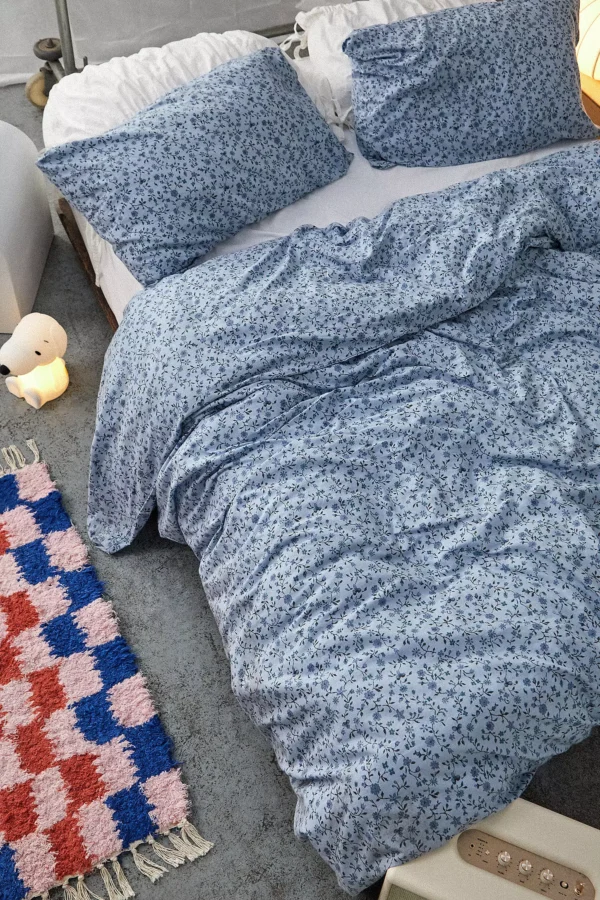
How Can I Start My Own Freelance Business From Home?

There has been a huge surge towards self-employment over the last 15 years. The number of self-employed individuals increased by 1.58 million between 2004 and 2017.
If you didn’t already know (you probably did though, but anyways…), a freelancer is someone who works for themselves but offers their services to businesses on a ‘freelance’ basis – working on different projects without being contracted to one employer. According to the business advice provider Informi: ‘Employers are increasingly realising the benefits they can gain from the adaptability of freelancers and their work expertise. They may not need the resource for enough time to justify a permanent role.’ This is clearly demonstrated by the rise of the trend towards self-employment over the last 15 years -the number of self-employed individuals increased by 1.58 million between 2004 and 2017.
Freelancers tend to operate in roles that are low-cost and easy to set up from home – often in creative or service-based fields. Here are some typical examples:
Graphic designers
Bookkeepers
Management consultants
Photographers
Virtual Assistants
Social media managers
Journalists

Whilst there are often work-life benefits that come as a result, making the transition to freelancing undoubtedly brings challenges. Let’s look at what you need to consider.
Is there a demand for your services?
This is the starting point. There’s no point going freelance if there’s not going to be sufficient demand for your services. Equally, what’s the competition like? There could be the demand for the service but you’re up against more experienced and established competitors. That shouldn’t put you off though, but you need to be mindful that finding clients is one of the biggest challenges freelancers face.
Don’t give up the day job
With all that in mind, a good way to test the waters is to continue with your day job and start making tentative inroads into freelancing. This will allow you to build up your client base and freelance work portfolio without the pressure of paying the bills. Hopefully you’ll find yourself in a position where the work is plentiful. But, if not, you’ll still have your day job – and a bonus stream of income.
Build your online presence
It goes without saying, that you’re going to need a website. Making sure it looks slick and professional is always important, but especially so if your work involves delivering digital or design services of some kind. DIY builders like Squarespace and WIX are perfectly fine to do the job – and there’s loads of great examples out there to inspire yours. Clear calls to action and contact information are crucial, as well as customer reviews and feedback. You’ll also want to ensure you have a social media presence on all the relevant platforms. In some cases, you might want to set up specific business profiles so there is a clear boundary between work and leisure.
Finding your first clients
You might already have a nice list of prospective clients that you’ve gathered over the years of previous work. However, be careful about contacting anyone who your employer has an existing relationship with, as this can cause issues. If you’re building your contacts from scratch, start by putting out the feelers out to friends and family – if they don’t need the work, ask if they know anyone who does. Make the most of social media and go to events as a delegate. To begin with, you might want to offer your services at a cut price in order to get the experience and build your portfolio.
Setting up your office
You’re not going to have the funds to rent an office and co-working spaces can be expensive too. That means you’ll need to set up from home. Needless to say, a laptop is essential, and you’ll want to spend a bit of time making sure your workspace is a conducive environment for the work you’re planning to undertake. You’ll also need to look into whether you need insurance. This will depend on the types of service your offering.
Don’t forget the admin
A trade-off when you go freelance is that you’re now in charge of the boring admin stuff, such as self-assessment tax returns and invoicing. Now, you can outsource this to a virtual assistant or an accountant but that will cost you. Most freelancers do this work themselves, at least during the early days. Luckily, there’s a wealth of guidance out there and loads of tools available (some of them free) to make things, such as creating business proposals, easier
Show you mean business
You can only succeed as a freelancer if you’re self-motivated. You need to be prepared to get out there and really sell yourself to prospective clients. This can be daunting. Many of us aren’t natural sales people and might be more introverted by nature, but you can’t be ruled by fear. If you can demonstrate your passion, experience, and show that you get results, this will win clients over.
Whilst you can set up quickly as a freelancer, building a successful career can take time. You have to totally shift your mindset from the normal 9-5 routine to something much more flexible. Work may come in fits and spurts, and this can bring anxiety as you worry over your next job. However, even with these worries, most freelancers end up loving the freedom that their work-life brings. You are your own boss and nothing beats that.













































